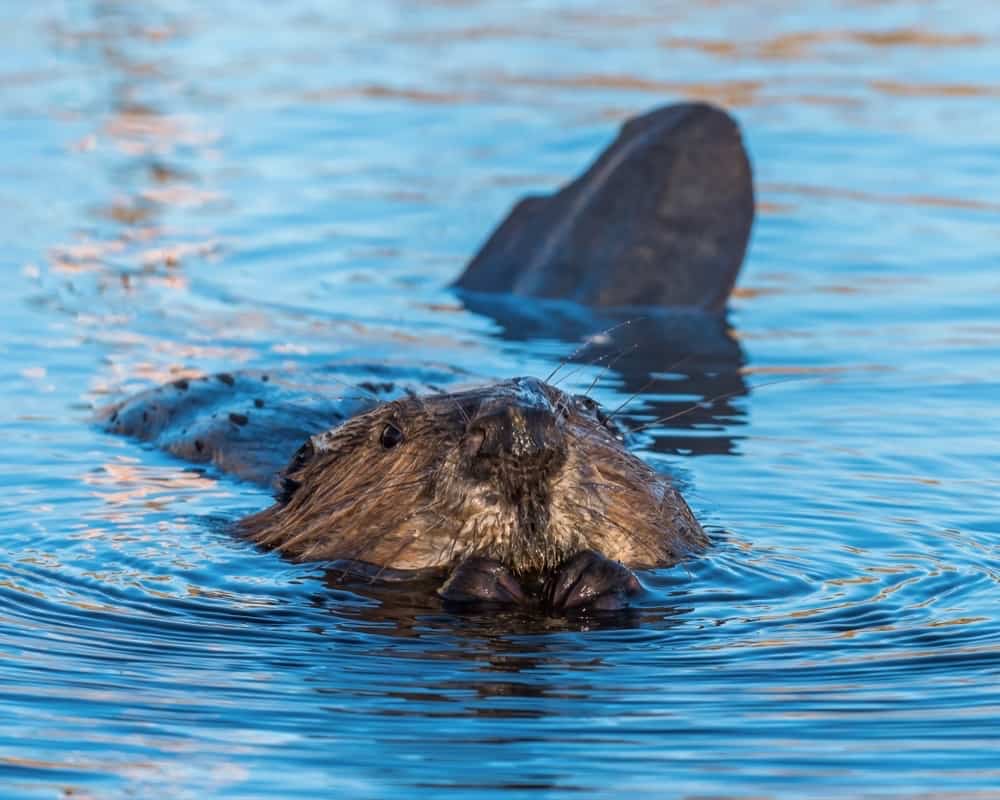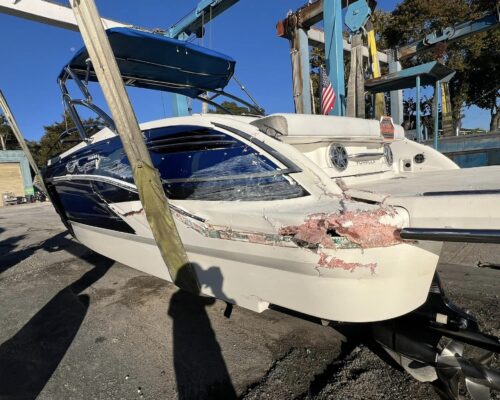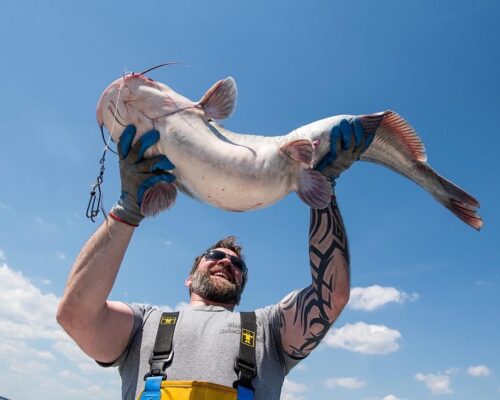For these Bay conservationists, it’s one dam thing after another.
We’re wading into Narnia on a bright fall day. It’s darker in here. And tangled. The water nearly reaches the tops of my muck boots. Unlike the fantasyland of children’s literature, this “Narnia of nature,” as my guide calls it, is quite real: a swampy, surreally diverse little ecosystem hidden in a mundane patch of northern Baltimore County, Maryland countryside. The realm we’re exploring represents a promising retro approach to ecological restoration and, very possibly, a dirt-cheap way to help clean up the Chesapeake Bay.
Cows once grazed here, stream restoration specialist Scott McGill says, as the two of us plunge deeper into the swamp. These days the bovines’ ex-pasture looks like a drowned forest that’s cohabitating with a freshwater marsh. Around us, the trunks of sturdy sycamores, scaly-barked river birches, gnarled boxelders (a type of maple) and an imposing, multi-forked black willow poke out of the water. Grassy hummocks offer drier passage as we slosh along. Tall reeds and sandbar willow saplings rise within grabbing distance should we start to slip in the bottom ooze. A variety of willows thrive here, being the favorite food and building material of the creature whose domain we’re invading, Castor canadensis, the North American beaver.
Although we don’t see Mr. or Mrs. Beaver this day (beavers are nocturnal by nature), their infrastructure is evident, and their neighbors are active. During our trek, we hear small birds chatter, startle several great blue herons and flush a flock of wood ducks. Hawks soar above us. Reaching deeper water, we watch small circles dimple the surface where brown trout are rising to feed on insects. Trout are one of several fish species—including dace, chubs and sculpins—that consume bugs and aquatic plants living in the impoundment’s cool, clear, nutrient-rich water.
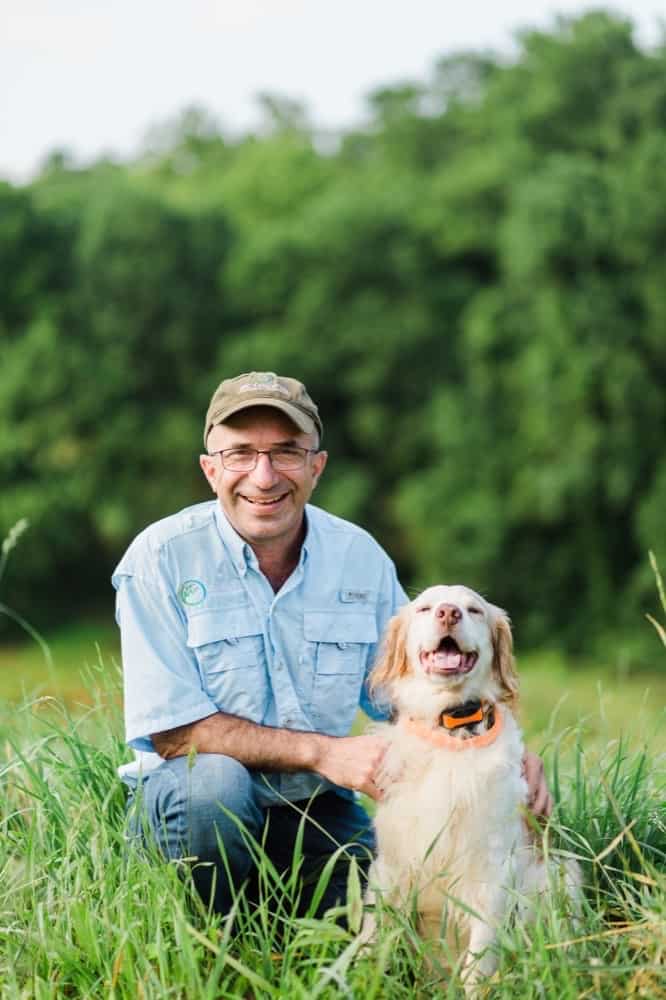
McGill points out the resident beaver colony’s nearly six-foot-tall dam and the rambling, domed main lodge they’re constantly remodeling with sticks and mud. I stumble, literally, on one of their transportation networks, accidentally plunging one leg into a deep, beaver-dug channel the animals use to reach distant food sources.
In the mid-1990s, as a volunteer with Trout Unlimited, McGill worked on a stream improvement project along this very stretch of Long Green Creek, a Gunpowder River tributary that meanders through the forests and fields of Baltimore County. The landowners wanted to improve habitat for trout, a coldwater-loving species, in the stream that flowed through their pasture. They agreed to fence off a portion of the creek and have trees planted to shade the stream.
McGill returned in 2005 to expand on the restoration, this time as founder and CEO of Ecotone, a Harford County ecological restoration company. His team graded stream-adjacent land and planted acres of trees to form a shallow, 10-acre seasonal wetland. Then beavers moved in.
By the time the landowners summoned McGill back to the site 12 years later to address a beaver-landowner conflict (the former’s dam was flooding the latter’s access to a back cornfield), he had had a “beaver epiphany.” Instead of trapping the relentless rodents, as the landowners were doing reluctantly, why not incorporate beavers’ natural construction inclinations into Ecotone’s stream restoration projects? In other words, allow the beavers to build upon and maintain—at minimal cost—work the company had begun.
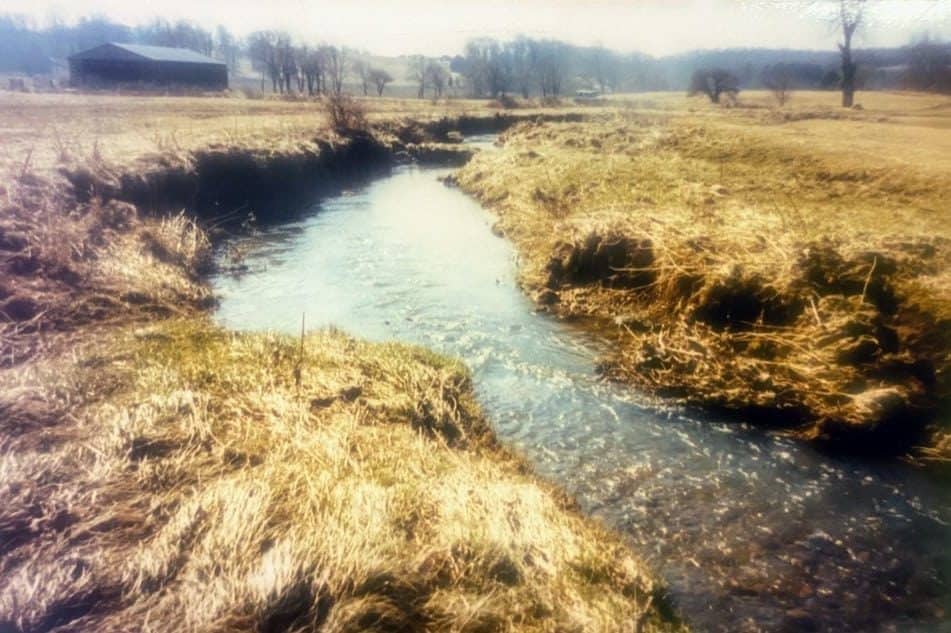
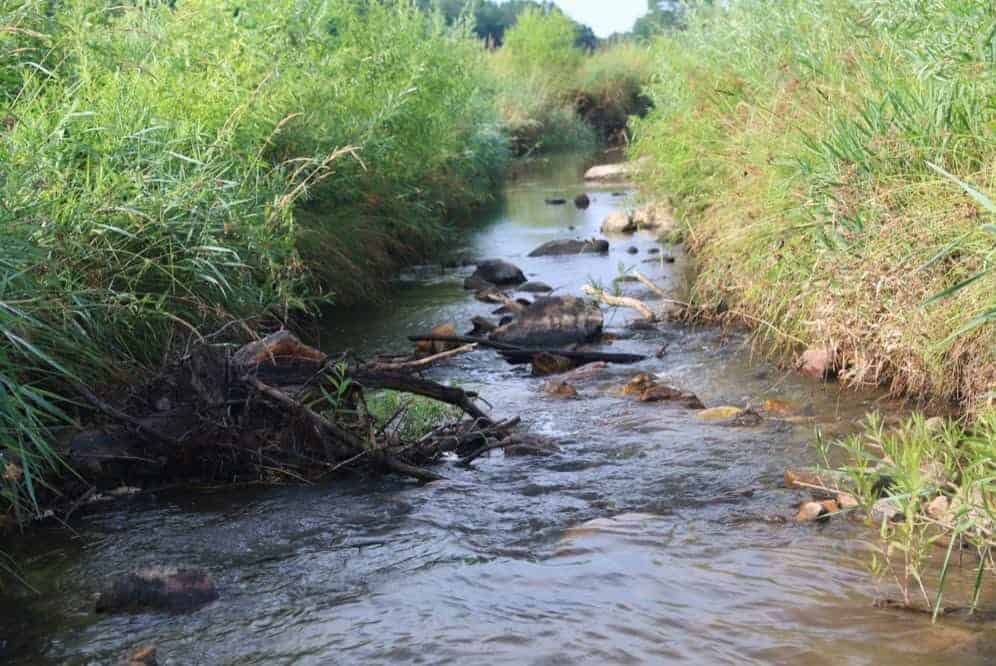
Some environmental professionals had been preaching the practice in the West for years. McGill says he scoffed at their “nutty” notion initially, then became curious. He attended beaver-focused stream restoration workshops by experts such as Utah State University fluvial scientist Joe Wheaton and ecosystems analyst Michael Pollack, co-author of the Beaver Restoration Guidebook.
He became an eager reader of beaver books. From Frances Backhouse’s pithily titled Once They Were Hats, he learned that before beavers were nearly wiped from the land in the name of fashion more than a century ago, they performed instinctively the work that companies like his do when they “repair” today’s compromised natural landscapes. Now that the animals are returning in greater numbers, McGill figured, why not work with them?
“I’d go back to stream restoration projects we constructed twenty or thirty years ago, and what I was finding was that beavers had colonized most of these sites,” he says. Wherever restoration specialists planted riparian vegetation—native trees and shrubs—along streams, and protected floodplain corridors with conservation easements, beavers arrived and enhanced the habitat. “It was almost like, if you build it, they will come,” McGill says.
Take Long Green Creek, for example. “Ecotone did a very good job on this wetland project,” he says. “It was very successful. The trees survived. The wetlands hydrology was there. But the beavers came in and made it ten times better ecologically and hydrologically.”
Thanks to the beavers, Ecotone’s 10-acre, seasonal wetland has become a larger, deep-water mosaic of wetlands that supports a diverse array of fauna and flora, and also serves as a natural filtration system for Long Green Creek, whose waters ultimately reach the Chesapeake Bay. “This is like a huge multimillion-dollar storm management pond—for free,” McGill says of the waterscape around us.
Runoff sediment tends to settle here harmlessly. Dissolved nutrients such as nitrogen are taken up by plant roots and bottom soils. When storm waters rage, the beaver pond holds and then slowly releases them, diminishing downstream flooding, damage to infrastructure and stream bank erosion.
As for the landowners’ drowned farm lane, Ecotone installed flow devices, manmade beaver-flummoxing gadgets that permit water to flow freely through beaver dams and reduce the surface elevation of beaver ponds. Two flow devices were all it took to allow the beavers and the farmer to coexist, albeit tenuously.
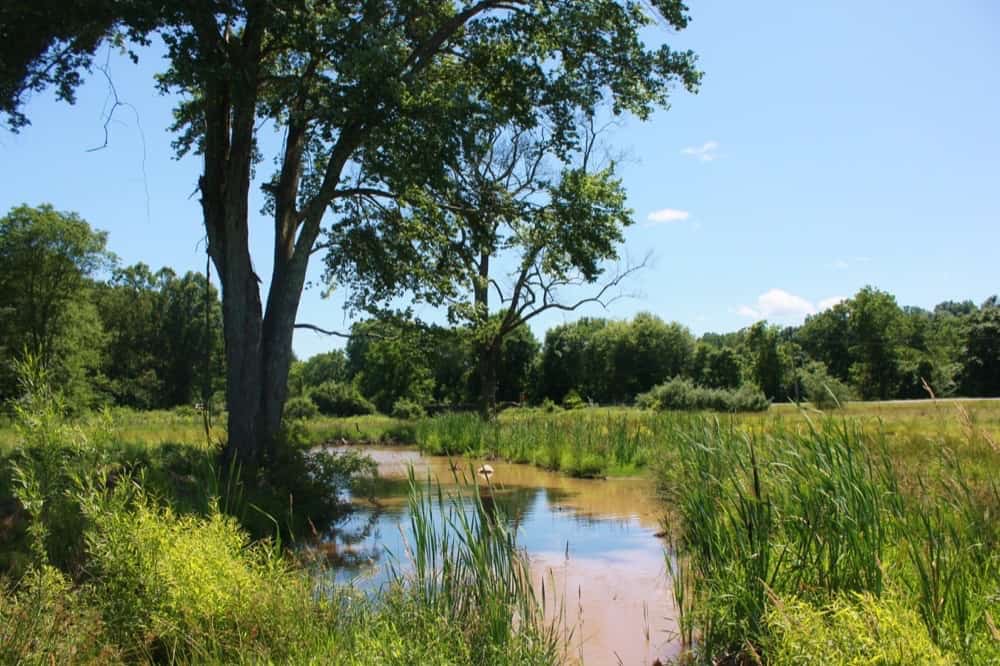
Beaver management—resolving human-beaver friction—has become one of Ecotone’s growing service sectors today. And McGill believes in partnering with nature’s ecosystem engineers in as many of the company’s restoration efforts as possible.
As we wade back out of Narnia, McGill explains that this wetland’s biodiversity represents one of the payoffs of Ecotone’s beaver-centric philosophy. He’s seen eagles here, as well as duck species he’s never seen anywhere else in the local landscape. “Well, if you think about it, beaver and ducks and trout all co-evolved in the Chesapeake Bay watershed for thousands of years—long before Europeans arrived. We just took these guys out of the equation to the point where they were almost nonexistent,” he says of beaver. “They’re a part of our history, but they’re not a part of our culture.”
When Europeans first set foot on the North American continent, it’s estimated that there were at minimum 60 million beavers present, perhaps as many as 400 million. By then, the Europeans had already nearly exterminated their native beaver population, Castor fiber, using various beaver parts to make hats, clothing and perfumes. In the New World, fur trappers decimated the U.S. and Canadian beaver population, reducing it to about 100,000 Castor canadensis by 1900, according to author Backhouse. Since then, their numbers have rebounded to between 10 and 50 million, thanks to trapping regulations, reintroduction by conservationists and the animals’ resiliency. (Biologists have repatriated some beavers in the Northwest by parachuting them in wooden crates.)
Beaver advocates—they are many and quite passionate—maintain that beavers are, and always have been, far more valuable alive than they ever were as the stuff of hats, fragrances or Roaring Twenties outerwear. Beaver, both Castor canadensis and Eurasian Castor fiber, are widely regarded as a keystone species, animals whose preternatural ability to alter and enhance their environment greatly exceeds their numbers.
McGill and others are trying to spread the beaver gospel. Last March, just before the coronavirus shut down such gatherings, Ecotone co-hosted BeaverCON, the East Coast’s first conference for beaver practitioners, researchers and journalists. It’s where I was introduced to McGill. Part business convention, part fan fest, the three-day event attracted several hundred attendees from the United States, and a handful from Canada and Europe.
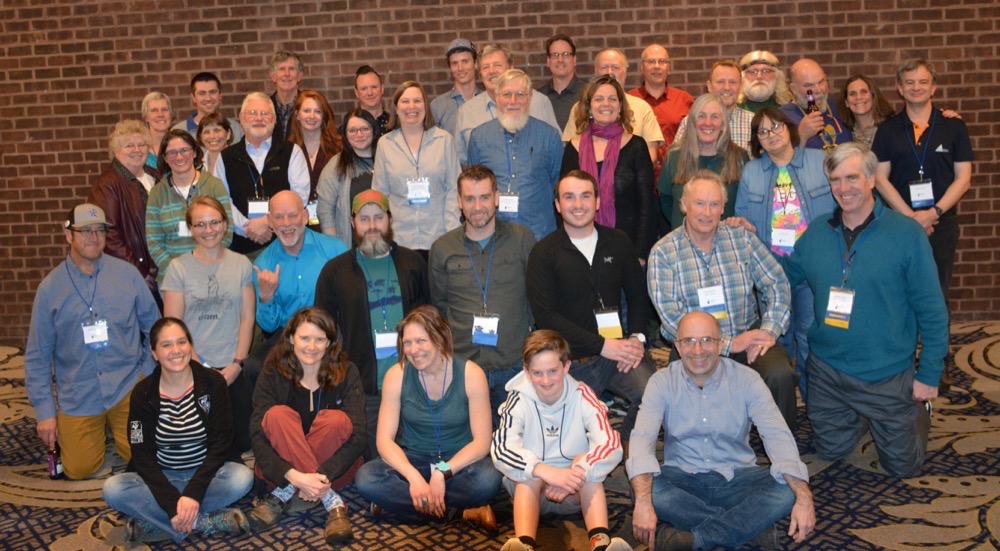
The gathering was held in a Marriott hotel just north of Baltimore. But it wasn’t your standard business conference. Most attendees were dressed for a day in the field (flannel shirts, fleece vests, the occasional Maryland DNR uniform) rather than a conference hall. An Ecotone employee in a caped beaver costume popped in and out of the proceedings. And as conference-goers filed into the Valley Ballroom the first morning, they were greeted by an editorial tableau: a beaver diorama, the kind you’d see in a nature center. But this taxidermy Castor, permanently poised to chomp on a sapling, seemed to be glaring at the object next to it on a display table—a vintage felted-beaver top hat.
Attendees embraced varied stages of beaver belief, from mildly curious to devoted apostle. They were welcomed by co-hosts Bill Callahan, a beaver practitioner, educator and founder of a management best-practices organization called the Beaver Institute, and by the ebullient McGill, who opened the event with a hearty, “Goooood morning, Beaver—CON!” In lectures over the next few days, a who’s who of beaver cognoscenti advanced the argument that an environment imperiled by climate change and human habitation urgently needs more beaver-enhanced Narnias. Castor’s habits can be bothersome, believers concede, but they are eminently manageable and well worth the effort.
Long-time Chesapeake Bay journalist Tom Horton has been persuaded. BeaverCON’s opening lecturer, Horton began his talk with a confession. When he had his green-designed house built on a Bay tidal creek more than a decade ago—landscaping the property with native plants—he took swift action after two beavers did what beavers do and ate the tender vegetation. “In retrospect, I was a little ignorant, still not thinking holistically. I called the trapper and put them out of business,” he told the group. “I would not do that now.”
Instead, he urges his environmental studies students at Salisbury University and others to “think like a watershed.” Consider, he said, the interconnections affecting all 64 million square miles of Chesapeake Bay’s vast and challenged ecosystem, home to 18 million people and countless pigs, cattle and chickens, all of whose waste contributes to Bay pollution. Removing even one of the system’s natural elements can cause profound imbalances, he said.
“The Bay watershed, more than almost anything else, would wish to have held on to its historic population of beavers, whose dams checked sediment and took out a great deal of the nitrogen pollutants . . . turning them harmlessly into gas,” he told the gathering. Human intervention—improved sewage treatment, regulation of air pollution and agricultural runoff—can do only so much, Horton said. The importance of what he called the Bay’s “systems of natural resilience”—oyster reefs that filter Bay water and beaver ponds that denitrify stormwater runoff—has been forgotten or neglected, he said. It’s especially true of beavers.
“The Mid-Atlantic has been kind of a black hole of beaver knowledge. My trapping proves that,” he said. “I’m supposed to be knowledgeable of these things and I wasn’t. I think this conference could be the start of a really substantial education/re-education project.”
Felled trees, flooded roads, clogged culverts. Beavers tend to litter their landscape with collateral damage. Advocates say that non-lethal intervention in beaver-human conflicts is practicable and preferable to traditional methods of controlling the furry, 40-some-pound animal, North America’s largest rodent. As inexorable builders, beavers are notoriously persistent: trapping one or two usually won’t solve the problem because more arrive and resume the destruction. Tearing down their dams risks downstream flooding and likewise invites replacements that renew the activity.
Enter the Beaver Deceiver, the invention of New England biologist and entrepreneur Skip Lisle. When introduced at BeaverCON, Lisle received celebrity-status applause when he mentioned his popular creation. If there’s a Thomas Edison of beaver exclusion technology, it’s probably Lisle, who didn’t so much conceive of beaver barriers as build a better, trademarked one. Deceivers and other flow devices of differing design—Castor Masters, beaver bafflers, pond levelers, culvert fences and diversion dams—are engineered to outwit beaver, a task more complicated than you
might think.
Scientists believe the animals respond to the sound and feel (pressure) of running water by instinctively trying to build a dam or plug what they perceive as a dam hole. If the breach is a culvert, they’ll clog it with woody debris, causing water to pond and the roadbed to flood, a common, costly human-beaver conflict. Modified over the years to adapt to its adversary, the Deceiver uses beaver-proof fenced barriers connected by long pipes to protect stream intakes and outlets, funneling water in a manner the beavers can’t detect or disrupt.
The goal is to “filter water in and beavers out” on a permanent basis, Lisle explained. Most beaver-excluding gadgets are made of wood, metal fencing and plastic piping readily available at hardware stores. Lisle said that the technology is less expensive than reaming out blocked culverts regularly.
(Several studies support his claim. In 2004-2005, for example, Lisle helped install 33 flow devices at 14 roadway sites in Tidewater Virginia. According to a Christopher Newport University study, the Virginia Department of Transportation had spent more than $300,000 annually to control beavers and repair beaver damage at the sites. After the devices were installed, annual beaver management costs—including device installation and maintenance—fell to $44,500 a year.)
Beavers’ extended absence from the landscape hasn’t helped their cause, BeaverCON speakers suggested. Beaver ponds disappeared from the Chesapeake between the late 1700s and the late 1800s, destroyed when trees were felled for farmland, according to Grace Brush, a professor emeritus at Johns Hopkins University. “We forget what we’ve lost as generations go by,” she said.
Even in Oregon, “the Beaver State,” where Castor canadensis has been the official state animal since 1969, they’re considered a predatory critter, protected on public lands but not on private property, where landowners can kill “nuisance beaver” without a permit. Activist Stanley Petrowski said he’s lobbying to change beavers’ status from “noxious predatory rodent to a keynote species” in his home state.
Filmmaker Sarah Koenigsberg believes beaver rebranding is in order. She advocates storytelling. Koenigsberg’s award-winning documentary, “Beaver Believers,” was screened on the first night of BeaverCON. It follows five scientists and one eccentric beaver lover as they reintroduce the animals to Western states beset by droughts, wildfires, floods and other ravages of climate change. Aside from the beavers, the film’s indisputable star is a scrappy Denver hairdresser who live-traps urban beavers and lovingly relocates them. (“Sweet love bucket,” she coos to her bucktoothed charges.)
Back at Narnia, McGill has another, nearby, restoration project he wants to show me. It’s a far different landscape, a scruffy, open field bisected by a meandering stream. Ecotone began planting vegetation along Bear Cabin Branch in Harford County in 2018. Several months ago, three beaver families moved in. Since McGill lasted visited here five days ago, one of their rudimentary dams has raised the water level a full foot in a portion of the creek. That will allow the flood plain to widen, he says, mitigating downstream flooding and trapping more sediment.
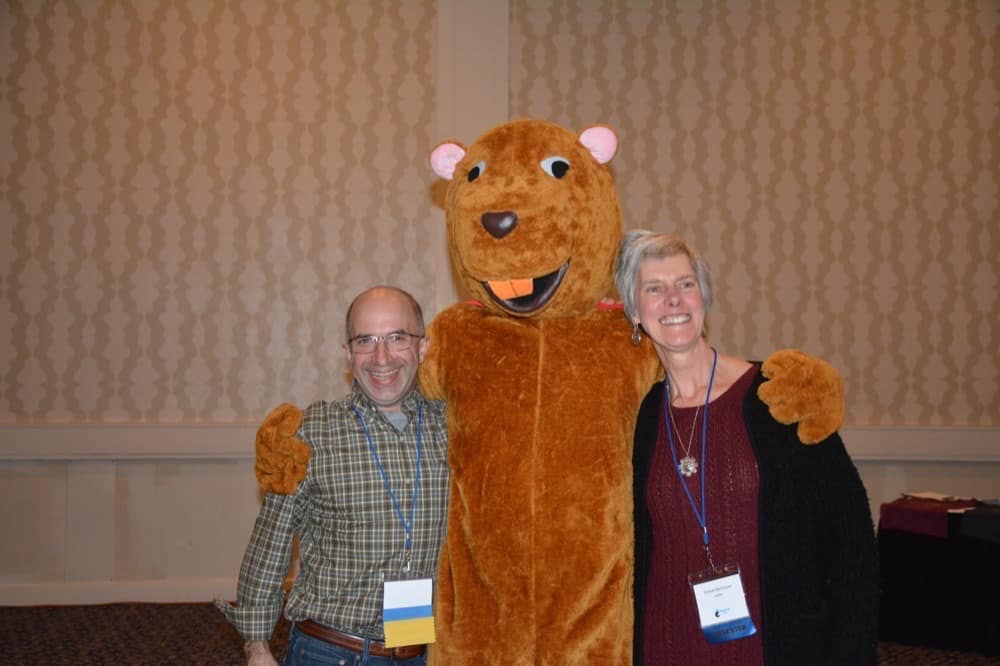
“I can’t get a permit to do this,” McGill says of the impoundment. “But a beaver can do the work for free, and the water quality benefits are much better.” It’s a natural partnership, he says, “We’re restoring the Bay one beaver at a time.”
Maryland native and award-winning contributor Marty LeGrand writes about nature, the environment, and Chesapeake history.

